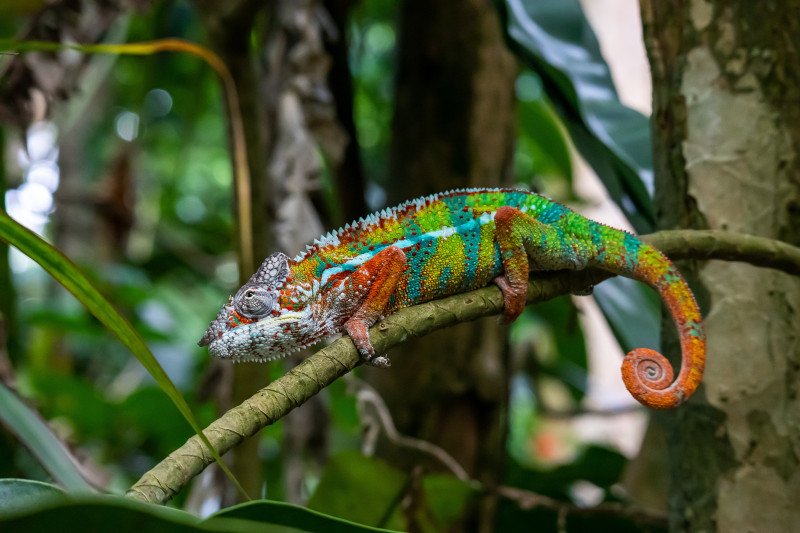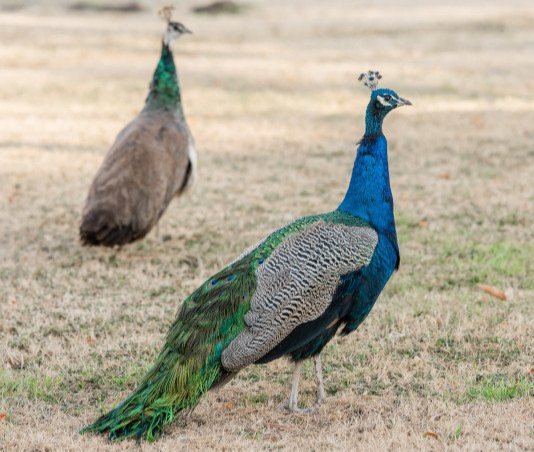Colour is an essential part of our lives
(and we often take it for granted!)
What if there were no colour in the world? How would it be different? Not only would the world seem dull, we would miss out on vital pieces of information conveyed by colour. Like when fruit was ripe and ready to eat. Colour helps us make sense of the world we live in, and is key for our survival.
We gather information from light with our eyes, and colour helps us understand what we see. It helps us orient ourselves, navigate, communicate. Colour has the power to affect how we feel - it sparks wonder and joy. We make decisions using colour every day, but may not notice how many diverse roles it plays in our life and how it fundamentally shapes our world. It helps us recall memories, and can even affect the taste of our food. It is beautiful, remarkable and complex.
Animals and colour
We see, experience and feel colour every day. In all animals, including humans, colour vision has evolved to improve survival skills, such as communication, navigation and finding nutrition. Many animals do see in colour: most mammals see a more limited range of colours than humans; many birds have even greater colour discrimination than humans. However, there is a complexity of our human response to colour – filtered by our experiences, memories, cultures and languages. The way we respond to and use colour in our lives moves beyond what is only fundamental to survival.
People and colour
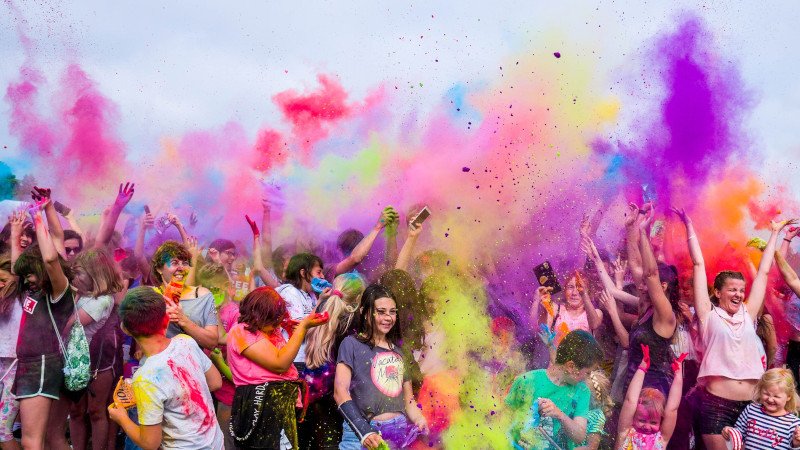
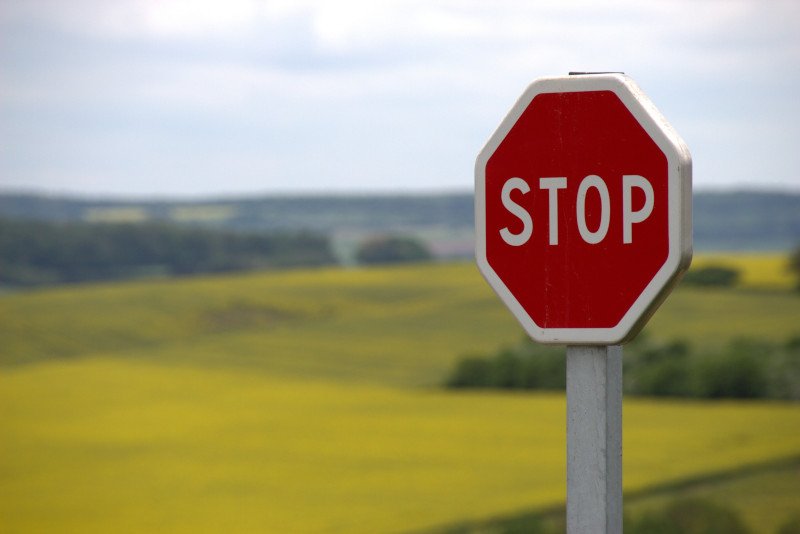




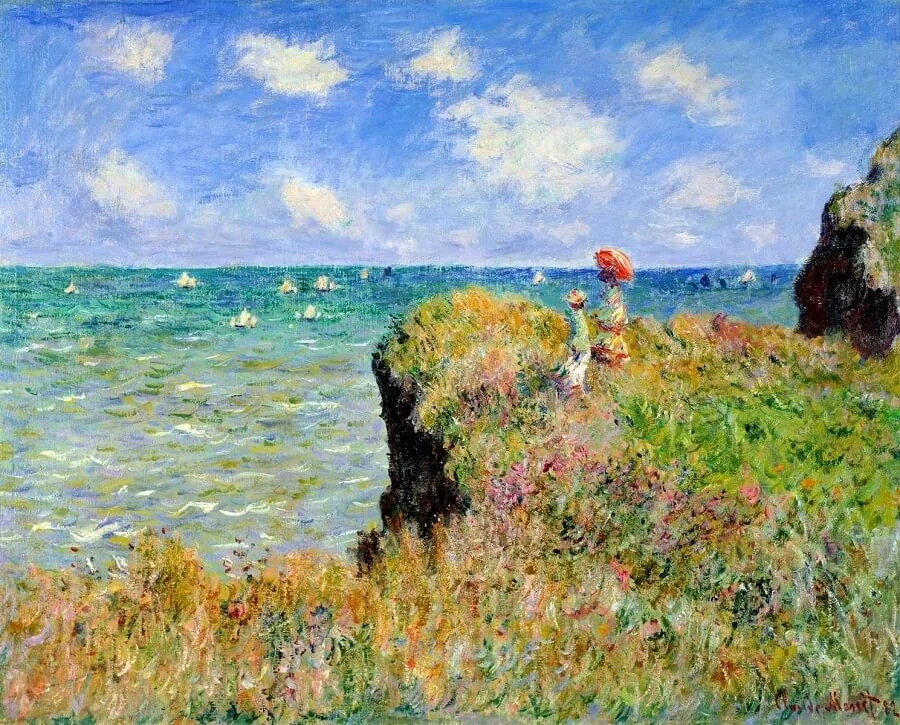
Let’s open our eyes!
Image courtesy Robin Kingsburgh
The way we name and describe colours influences how we see. We may call many colours in this image of the Bay of Fundy Park green, but how many greens do you see? A fundamental goal for the Colour Literacy Project is to open our eyes to colour: there is a need to bring our attentiveness to colour nuances. Often when we think of colour, we think about only the most vivid colours. By noticing and describing all the variations of the colours we see, we can ultimately discriminate many more colours, cultivate our own personal colour connections and enhance our relationship with colour. This will deepen our everyday experiences in the world with the richness of colour.
Colour literacy is built upon a foundation of experience.



